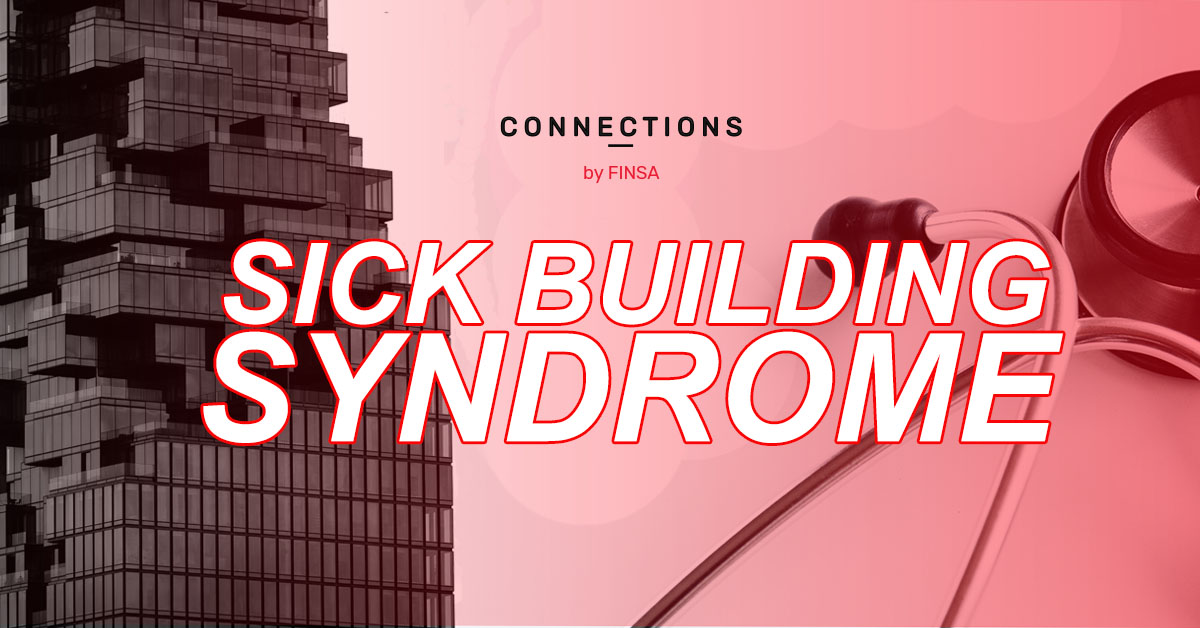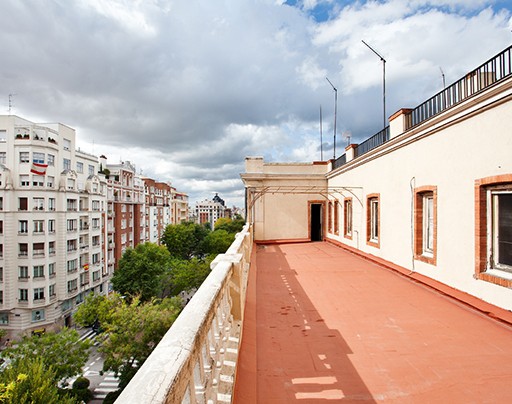Poorly designed and poorly constructed buildings can make those that use them sick. The World Health Organisation christened this problem Sick Building Syndrome (SBB), but it is in fact the occupants that get sick, with symptoms including migraines, dizziness, colds, and allergies.
How can you detect it?
Those affected by Sick Building Syndrome suffer from illnesses or feel unwell for no apparent reason. The symptoms tend to get worse with an increase in the amount of time spent in the building, but may improve or even disappear when they are away from it. For example, the employees of a company might feel better on the weekends or while on holidays, but their symptoms return when they have to go back to work.
Temporary or permanent SBB
Newly constructed buildings or those that undergo renovations can make occupants feel unwell in the first few months. The real problem lies in buildings that are permanently sick, in which illnesses remain over time. The WHO estimates that this affects more than 30% of buildings.
Keep an eye out for symptoms
Recognised as an illness since 1982, SBB must affect at least 20% of the building’s occupants before being diagnosed. Symptoms can go unnoticed, and some of the most frequent are:
- Eyes: irritation, redness, dryness, or eyes that water
- Nasal: congestion, or a dry or irritated throat
- Respiratory: respiratory difficulties, asthma, coughing, or chronic colds
- Skin: dryness, itchiness, or rashes
- Neuropsychological: headaches, dizziness, sleepiness, irritability, or difficulty concentrating
What causes it?
Sick Building Syndrome is often closely linked to poor air quality in closed-in offices with inadequate or poorly distributed ventilation, as well as electronic devices (e.g. computers, printers, photocopiers) that have a negative effect on our health.
It can also be caused by the use of low-quality construction materials which are a source of volatile organic compounds, as well as poor air conditioning or heating. Low humidity levels, carpets or other textiles that accumulate particles, poor lighting, and inadequate cleaning are some of the other causes.
How can we fix Sick Building Syndrome?
Neuroarchitecture is the treatment for these illnesses, as it guarantees our physical and emotional wellbeing. Given that poor ventilation is the cause of the majority of symptoms, it is essential to pay attention to the design of the ventilation system and to ensure that it is the right size. Other aspects to look at are the choice of construction materials and correct maintenance and cleaning of the facilities.
As a preventative measure, some architectural certifications, such as the WELL certification, which is focused on ensuring the health and wellbeing of the occupants of a constructed space, guarantee that the users of a building will not suffer from Sick Building Syndrome.





